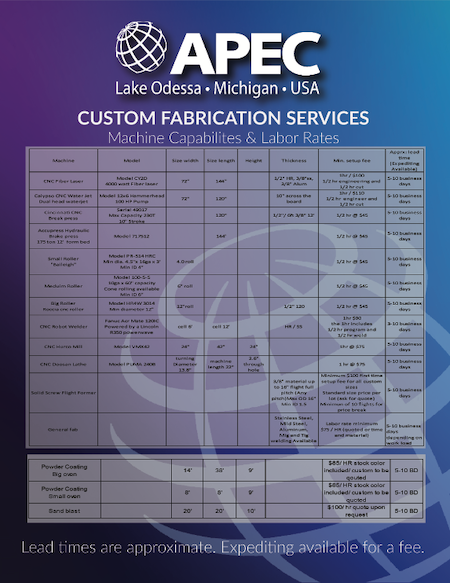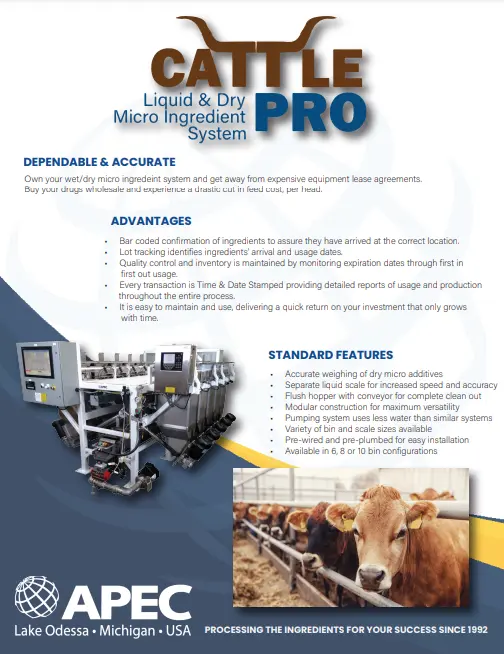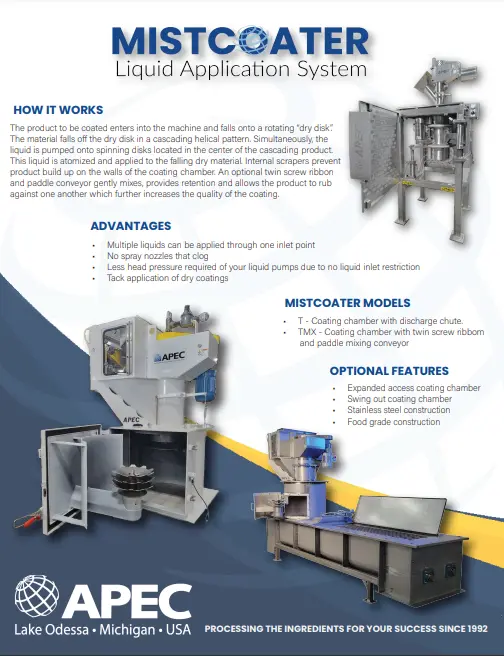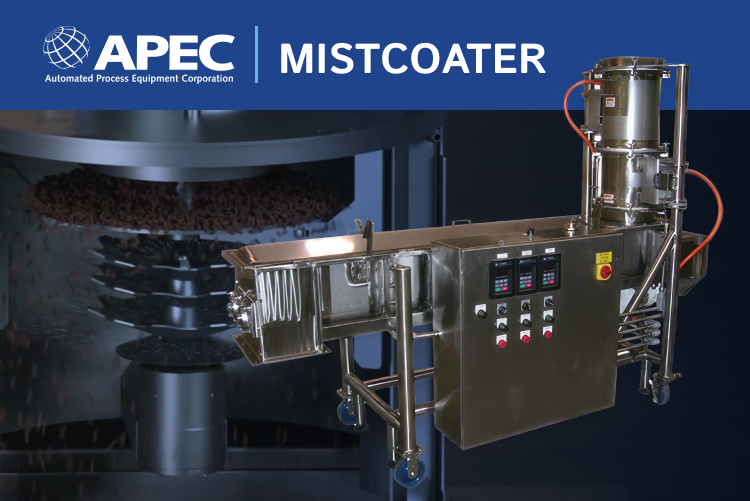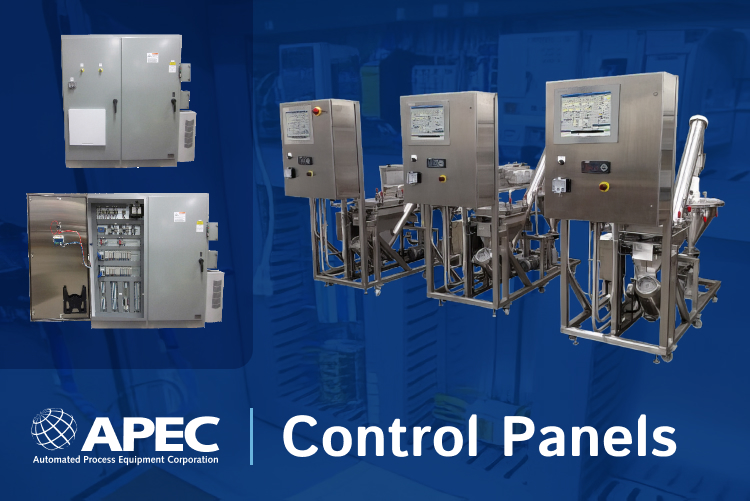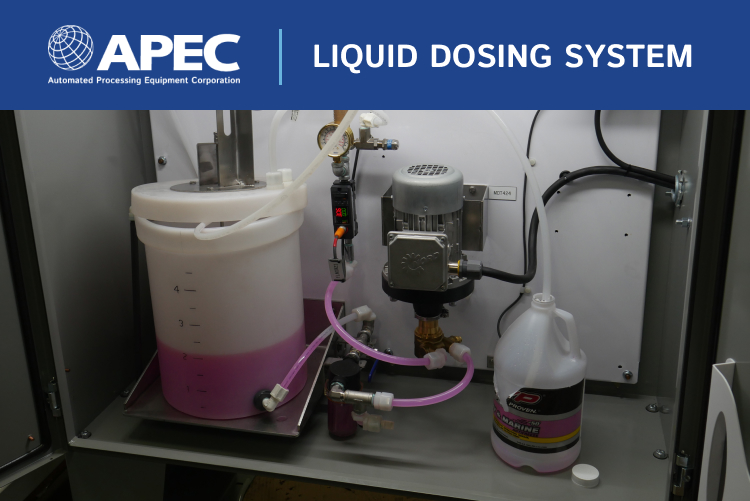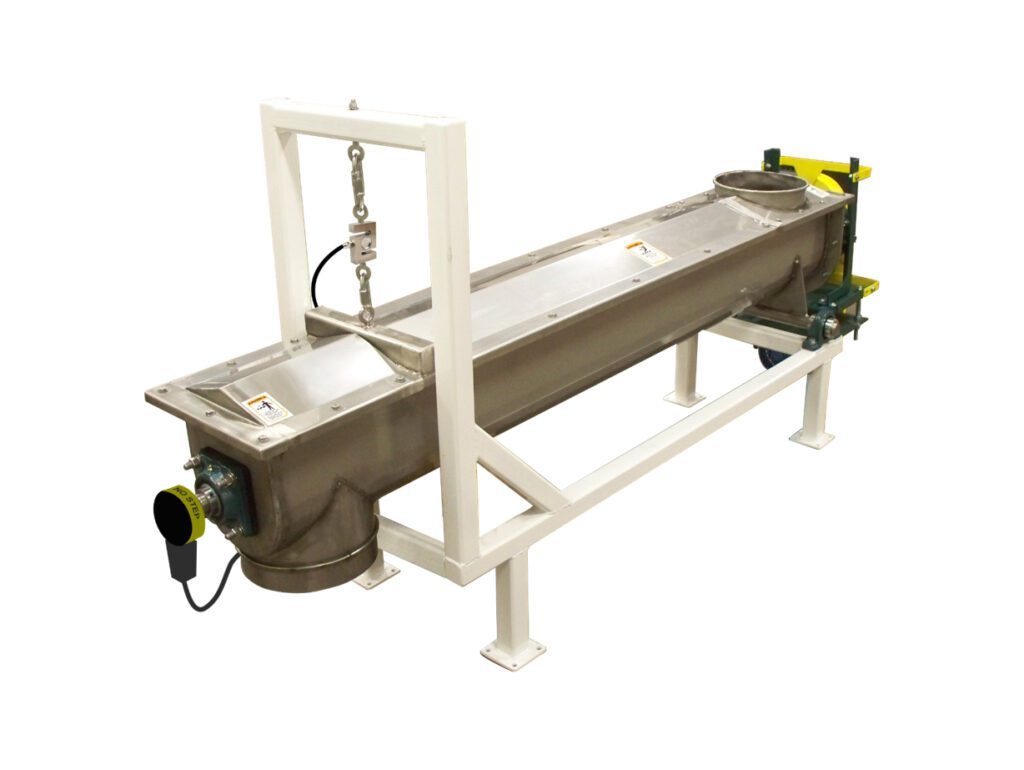
Load cells are essential devices used in many processing systems, though we seldom think about them. Only when the load cell malfunctions and the strain gauge scale is inaccurate do we think about the workings behind the measurement.
When it comes to measuring ingredients–from fine pharmaceutical powders to silos full of grain–understanding how strain gauge scales and traditional load cells work, along with common strain gauge scale problems, can help prevent inaccuracies.
How Do Strain Gauges Work?
So how does a strain gauge measure weight? Strain gauge scales use traditional load cells–also called resistive load cells or strain gauge load cells–to measure weight. Strain gauge load cells operate on the principle of piezoresistivity. When voltage is applied to the strain gauge sensor within the strain gauge scale, and then a weight is applied, the strain gauge senses changes in piezoresistivity. This creates a change in voltage output.
For this to work, several strain gauge sensor elements are often used throughout the load cell, and these are connected with wires. For the sensing elements and the strain gauge measurement to be accurate, the wires must be able to transmit small changes in voltage, so the wires can be very delicate.
A strain gauge scale relies on mechanical forces to change piezoresistivity and voltage output. When a load is applied, the conductive material within the strain gauge is deformed, causing changes in resistance, and therefore changes in voltage output. This can introduce a number of challenges to both large and small loads.
If your scale is repeatedly inaccurate, and you have determined that other aspects of the system are not to blame, look for the following issues with the load cell.
Problem #1: Low-Quality Manufacturing or Construction
Small mechanical changes within the strain gauge weight scale are responsible for changes in voltage, which creates the reading on the scale. If flaws in the strain gauge’s construction prevent the material inside from moving properly, the reading will not be correct.
For this reason, the process to manufacture an accurate strain gauge-based load cell is delicate. If strain gauge manufacturers don’t focus on precision, the load cell won’t deliver adequate readings. This can be particularly problematic when working with discount scale dealers, who rely on fast manufacturing and testing.
The solution? Working with a reputable scale dealer with references can help you to avoid load cells with faulty construction.
Problem #2: Temperature Changes
Temperature changes affect the conductivity of metals. This will change the output of the strain gauge. Once the load cells are built, they must be tested at different temperatures in order to ascertain their drift with temperature.
When the traditional strain gauge scale is needed to measure particularly small amounts, temperature changes can be especially problematic. Thermistors installed prior to the final test and calibration stage will reduce the temperature effect.
Read APEC’s Case Studies Related to Scales
Problem #3: Wrong Type of Load Cell
There are many types of load cells using traditional strain gauge technology. Certain types are better suited to certain applications. Capacitive load cells, which use changes in capacitance instead of resistivity, can also be used in many different applications.
Finding the right load cell for your application can make significant differences in accuracy, longevity and efficiency.
- S-Beam Load Cell: Instead of a load sitting on top of the load cell, an S-Beam load cell hooks the load on one side and uses the pulling force to measure the load.
- Beam Type Load Cell: The beam type load cell uses compression to measure weight, and it is often used in tank weighing and platform scales.
- Single Point Load Cell: The single point load cell works similarly to the beam load cell, except it is ideal for loads that are not centered.
- Button Load Cell: The button load cell also uses compression, but measures load applied axially.
- Pancake Load Cell: These load cells are used for high-capacity loads up to 500 tons, such as silo weighing or structural loads.
- Capacitive Load Cell: Since capacitive load cells operate on a different principle, they are not as affected by noise and interference as strain gauges. They can be more sensitive with less need for delicate manufacturing. Capacitive load cells are highly effective for a variety of applications and are available in all the above configurations.
Problem #4: Exceeded Sensitivity
Smaller, more precise strain gauge load cells are much more delicate than their larger counterparts. The nature of strain gauge technology requires that the strain gauge be much smaller, and its components more delicate, to be more accurate. This makes the strain gauge sensor and the load cell much more susceptible to disruption from physical impacts, electromagnetic interference, dust, temperature changes, and other issues. More frequent calibration of traditional load cells can help them to maintain their accuracy. Capacitive load cells can also be used in lieu of strain gauges for these applications.
Problem #5: Improperly Sealed
If your traditional load cell must operate around water, dust, or other debris, it must be hermetically sealed. Hermetic sealing raises traditional strain gauge load cell’s price significantly. Some scale dealers may cut corners in this area. If your traditional strain gauge weight scale is significantly cheaper than other comparable models, it might not be properly sealed.
Careful attention to detail and working with a reputable scale dealer can help traditional scale gauges to maintain accuracy. Utilizing the right load cell designs, as well as newer technology like capacitive load cells, can also help to solve many common load cell problems.
Your One Source for Scale Dealer Solutions
Since 1992, APEC has been designing and manufacturing reliable, innovative weighing and batching systems for a wide variety of customers. In the past two decades we have evolved to become a one stop shop for scale systems. The comprehensive line we offer in scale-related hardware allows dealers to offer their customers many value-added services.
Get in touch with us today to learn more.


